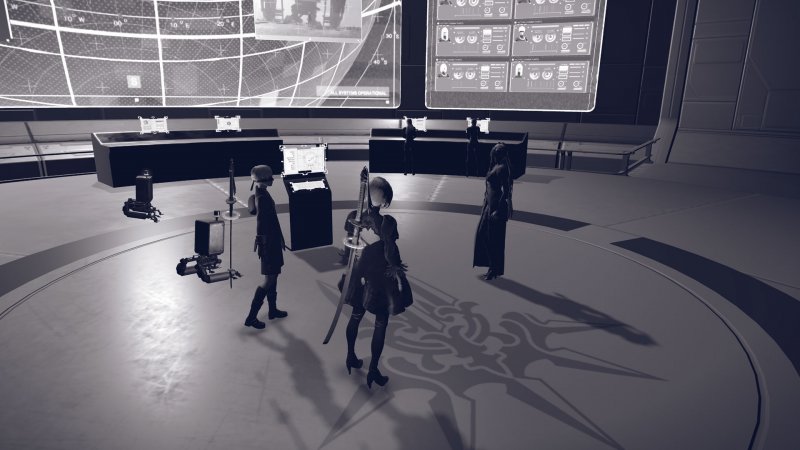Videogames have always been the medium where the concept of authorship is more difficult to apply. Too many are the elements that form a single title, huge – at least in the production of a certain level – the teams involved in its development …
the direct consequence is therefore a general flattening of the creative imprint in favor of a vision of together dictated by the canons of a genre or by multiple intuitions; in practice, the cancellation of the individual in favor of the group.
There are therefore in this multifaceted industry very few designers able to transmit their essence in projects: people endowed with such a mixture of energy and charisma that they have achieved a sort of symbiotic relationship with their products. But if some are on everyone’s lips after years of success,
in the dark meanders of the Rising Sun, every now and then a brilliant mind appears that is completely ignored in our area – because of the excessive attachment to an alien culture compared to ours, or why finds again to translate its characteristics in games not really desirable for an increasingly ravenous market like the western one. And it is precisely among these unknown eminences that Yoko Taro has emerged,
an individual who has had brilliant insights during his career, and found the courage to ignore beautifully both the need to be “politically correct” and to bring in stories appealing to anyone; all managing to conquer only a small but passionate handful of fans. Now, the motivation is soon said: the games directed so far by Yoko Taro are in effect ugly. Turning around this crude truth would be senseless, where it is a very significant element to understand the importance of the game we are going to deal with today.
Because ours was part of the Cavia, a study that at a technical and design level has always been rather far behind, and has produced memorable videogames almost only for one factor: the stories (written by Taro). Between these,
NieR, on the other hand, has followed another destiny : spin off of the first Drakengard – with narrative elements so powerful that they can stand on its own – has become a cult title for some players, brutally underestimated because full of flaws but adored for its incredibly dramatic and brilliant plot, for some very intelligent found and for a soundtrack among the best ever created.Do you understand why your follow-up,
NieR: Automata, has unleashed huge expectations among those who have been following Taro’s work for years? Absolutely unexpected to the announcement, this is the first game that sees the crazy mind of the author supported by a decent funding from Square Enix, and a team known and capable as Platinum Games.
In short, if when he was with the Cavia has pulled out of the cylinder an incredible outsider as the first NieR, what could have combined with these bases?
NieR: Automata is an imperfect title, but also crazy, courageous and unpredictable
DOLLS AT WAR
Many writers draw inspiration from their negative emotions. Often, freed from the publishing yoke, they manage to give the best of themselves just making them explode in the texts and creating plots of rare cruelty. Giving white paper to Yoko Taro, however, means taking the next step, it means “looking into the heart of the abyss”.
Let’s talk about a man who has always stolen highly of what can and can not be done on a narrative level in a video game, someone who in his stories has inserted pedophiles, cannibals, hermaphrodites before it would trigger the sword attacks of the MOIGE and of the respectable, and for which a “good ending” can easily coincide with the apocalypse.
Therefore, as you can well imagine, there is no lightness in terms of the bases on which its history rests, nor on the events that melt the skein. This is a frighteningly dark game, at levels that make the beloved George RR Martin look like a schoolboy, and just like his predecessors, he points very much to the so-called “shock factor” that is always a certainty in Taro’s stories
.Do not be fooled by the light-hearted humor of certain scenes, by some absurd characters and by a generally positive habit in the first phase. NieR: Automata will hit you in the stomach with a rare hardness, and sometimes will manage to do so even in the optional stories of secondary missions: a characteristic also present in the first NieR that demonstrates the will of Yoko and his team to outline a complex and credible world, not simply to ignore it in favor of a strong plot.
Yet it is not history that is the most exceptional element of Automata, even if it is – it is worth repeating – memorable and full of moments of infarction. In all sincerity, the narrative of the first NieR and his characters were perhaps better in some ways,
but that adventure did not possess a quality that Automata shows off with an indescribable force: a structuring of the campaign halfway between the ravings of a madman and the electrocution of an absolute genius, which transforms what was to be a common JRPG action into something epochal.

